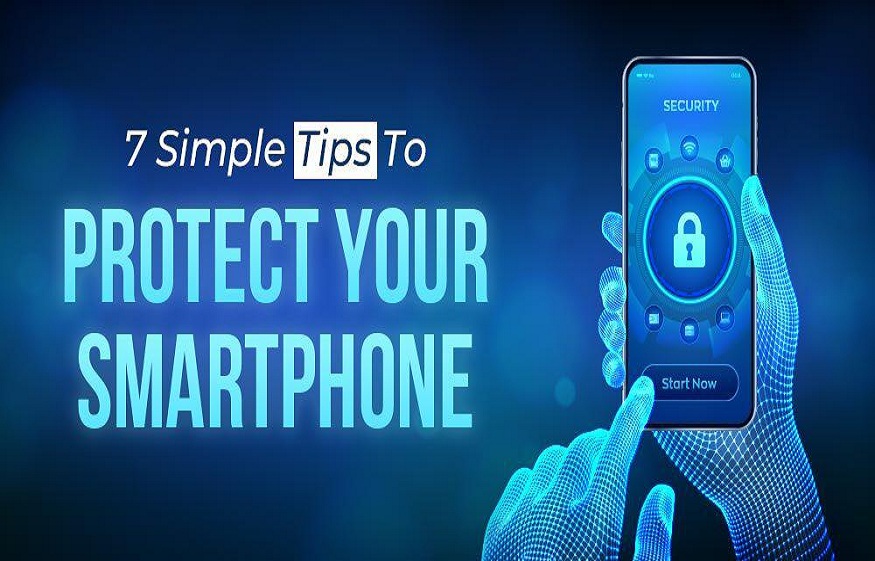What is the first thing you would want to purchase for your smartphone when you get it? It surely applies to a large number of people.
This is due to the fact that utilising a smartphone without a cover is like to driving a car without bumpers; no one wants their brand-new gadget to shatter, fracture, or become damaged. According to Allied Market Research, mobile phone accessory expenditure would rise from around $61 billion in 2014 to $107.3 billion by 2022. Protective cases are the most popular goods in this category.
However, the reality of such accessories is as follows: Some smartphone accessories that promise to protect your device are useless. One unknown is whether a screen protector, which is a thin plastic or glass coating that covers the phone’s display, genuinely prevents glass from shattering when impacted. Furthermore, salespeople at cellphone dealers may put pressure on clients to purchase costly extended warranty contracts for their devices, many of which may be avoided.
So let’s take a look at what safeguards your phone and what doesn’t. To reach our conclusions, we interviewed repair and warranty experts, as well as The Wirecutter, The New York Times’ product review website, which examined screen protectors and cases.
It turns out that in most cases, all you actually need is a case, a screen protector, or a combination of the two. If you are concerned about damage, loss, or theft, you should consider twice before obtaining an extended warranty. Instead, consider getting an insurance policy.
Screen protectors are just part of the solution.
A damaged smartphone screen is never a welcome sight. Producers of screen protectors say that their products will protect your screen from scratches and breaks if it is dropped face down. Screen protectors are plastic or glass films that may be fitted to the display of a smartphone.
Screen protectors, on the other hand, are just a band-aid solution.
According to iFixit, a company that sells components for repairing gadgets, the majority of broken smartphone screens are caused by impact on the sides and corners. When a smartphone’s corners or edges strike the ground, the impact is concentrated and more likely to cause shattering than if the smartphone fell face down on the ground, where the force would have been spread out throughout the width of the screen.
Screen protectors, on the other hand, aim to protect screens against scuffs, which may eventually cause substantial cracks in a display’s structural integrity. However, if you drop your phone on the ground or the sidewalk, don’t expect them to keep it.
Scratches from home keys in your pocket or ordinary wear and tear are common, according to Kyle Wiens, CEO of iFixit, so anybody worried about the longevity of their phone should consider applying a screen protector.
“Every glass phone I’ve ever had has scratches on it,” he stated,” I feel it is unavoidable.”
Fortunately, screen protectors are inexpensive. I suggest the HiTechnology iPhone 13 Pro Max Screen protector.
Reasons to buy a case
A case that protects a smartphone’s edges, sides, and back is your best bet for overall device protection. When your phone is dropped, a good case will absorb the impact and prevent scratches in certain areas.
There are hundreds of different kinds of cases available, including leather and plastic.
There are benefits and downsides to using cases and glass shields. Both a case and a screen protector increase the thickness and weight of the smartphone, making it seem larger and thicker in your pocket.
If you could only have one accessory, a case is more important than a screen protector since it covers more of the phone.
“We’d definitely recommend a case before the screen protector,” said The Wirecutter’s mobile accessories reviewer Nick Guy. “We don’t feel the majority of customers need a glass protector, but there aren’t any big disadvantages to buying one,” says the company.
Leave the additional warranty alone.
If your smartphone is broken, numerous smartphone manufacturers and vendors offer extended warranties that may replace or repair your phone. The disadvantage is that warranty packages may often be more expensive than individual repairs for broken devices ($80 per year on average).
Consider SquareTrade’s iPhone warranty package. For around $150, drops, spills, and malfunctions are all protected for two years.
“It’s so expensive because if you drop it once and get it fixed locally, it’ll cost less than that,” says Mr. Wiens of iFixit.
Insurance is important in this circumstance. Insurance policies known as “device protection plans” often offer coverage for both damaged items and lost or stolen phones. Warranty policies, on the other hand, only cover minor faults or damages. Insurance plans offered by carriers like as AT&T, Verizon, and Sprint cover loss, theft, and damage, but they are nearly twice as costly as SquareTrade’s warranty programme.
Mr. Arnum believes that “the likelihood are it will function just well for a long time if it works when you open the box.” Do you really need to ask yourself whether these are the dangers you want to be insured against?
Mr. Arnum says the answer is straightforward: if you’re going to pay for insurance, pick a plan that covers loss and theft.
The fact that any insurance coverage overlooks the battery, which is one of the key difficulties with smartphone longevity, is perhaps the most compelling argument not to pay for it. Batteries lose capacity every two years on average, and neither warranties nor insurance coverage cover free replacements.


